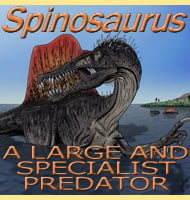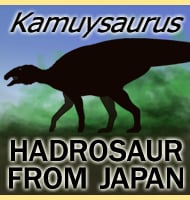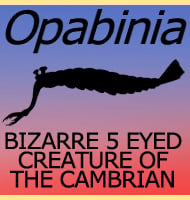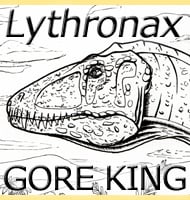In Depth
The tiny holotype fossil of Hadrocodium has been considered to represent a very primitive ancestor of modern mammals, though it is not a mammal in itself. This means that there are many unanswered questions about this little creature, specifically concerning the biology of the metabolism and exactly how much like a true mammal it really was. As a living creature the small size of Hadrocodium would have been its best defence against the larger dinosaurian predators of the Jurassic, since it could spend its time scurrying around the forest floor under cover as it hunted for insects to eat.
Further Reading
- A new mammaliaform from the Early Jurassic and evolution of mammalian characteristics, Z.-X. Luo, A. W. Crompton & A.-L. Sun - 2001.









